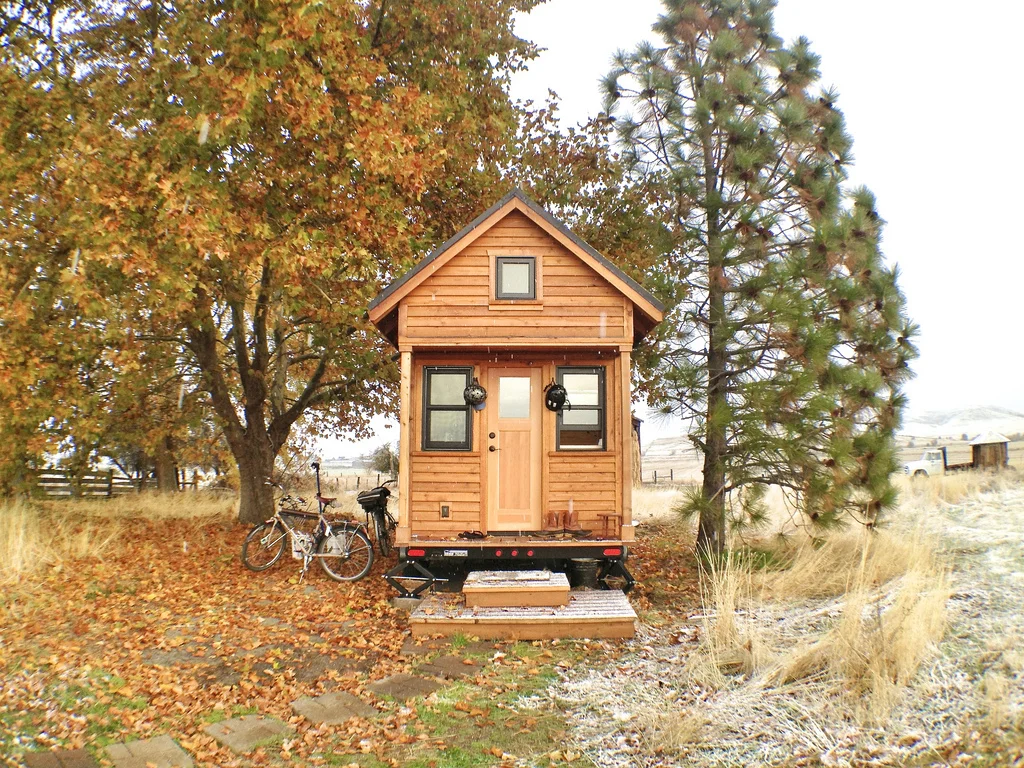Don't Judge a House by Its Size
There are two types of people: those who super-size everything and those who downsize it all. These “super-size consumers” are known for their compulsive buying and accumulating, all the while believing that this will make them more exclusive. Therefore, they believe a big house is a symbol of wealth and power. However, exceptions to the rule exist. These are known as minimalists. They lead a simple and laid-back lifestyle. The basic rules about minimalism are: moderation, condensation, and necessity above extravagance. Over the last couple of decades, socioeconomic circumstances have fomented an elemental and modest way of life. The average sizes of families have declined, and with it, the need for incredibly big homes. Slowly, a group of people - who later became known as minimalists - realized that expensive homes were high-maintenance and a bit capricious. And so, the tiny house movement was born. A tiny house, also known as micro houses, little houses, or compact houses, is a 100 to 400 square-foot home. They come in many shapes and sizes, with multiple levels and add-ons, but the core principle is a simpler lifestyle.
But what is fun about a small house? It depends on the square footage, but for the most part, they are mobile. If you have a pickup truck, you can take your home with you on a road trip. If you do not, many moving companies will take you anywhere for a fee. Your wallet is also spared a beating. The average price for a tiny house is $23,000, a fairly economic price that guarantees you won’t have to apply for a mortgage. By reducing your home’s size, you also reduce your carbon footprint, maintenance, and debt. And if you do not want to downsize, but want to add some additional square footage to your current house, you can buy a tiny house and use it as a spare room, perhaps as an office or guest room (although, this truly defeats the purpose of a tiny home).
Not only will you be more relaxed with less space to clean and no mortgage, but you will also help the environment in various ways. Most tiny houses are made out of recycled materials, and also use less wood, electricity, and gas. This considerably lowers the levels of greenhouse gases in the atmosphere.
However, like all things, the tiny house lifestyle has its drawbacks. With less space, you have to sacrifice a couple of things, such as storage, privacy, capacity, and living space.
If you work better with less space and aren’t claustrophobic, a tiny house might be a good choice for you. They are also a great option for older couples who want and need less space, younger couples, and single people who travel a lot. If you think that the tiny house lifestyle could work for you, but not forever, it’s a good way to save money in order to buy a normal-sized house later.
Tiny homes have caused such a commotion that HGTV and DIY Network now feature programs called Tiny House, Big Living and Large Living in Small Spaces to show the process of tiny house searching and buying. For those that might be interested, it is a good way of getting a feel for the experience of a tiny house and all its features.
The tiny house lifestyle is not for everyone, but if you fit the type, why not? It’s a small investment, has more pros than cons, and it makes a huge impact on the environment.

